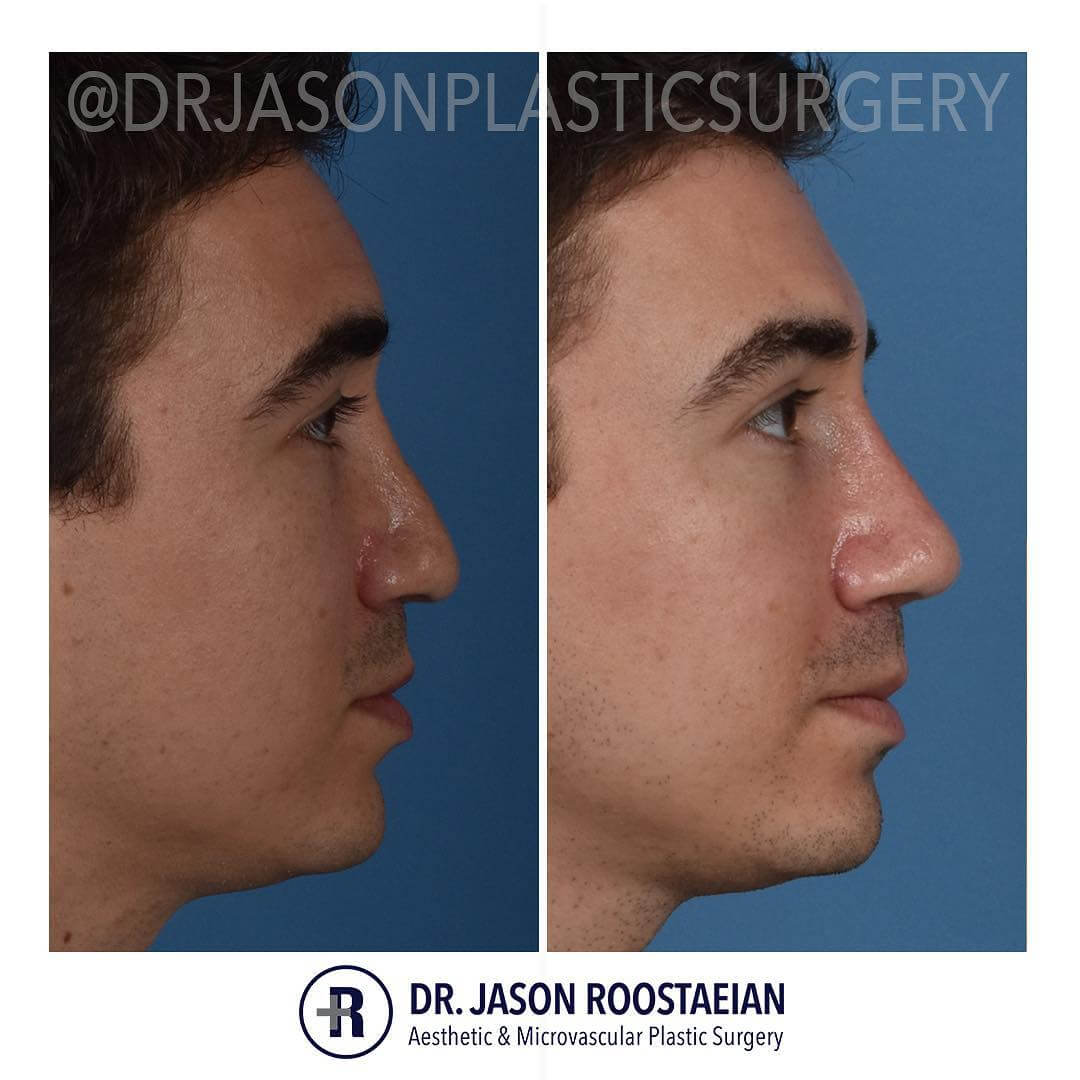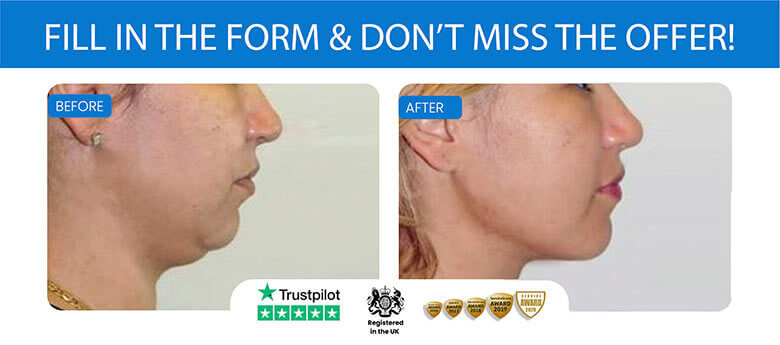
Before you choose a surgeon for a fat transfer to face procedure, consider what to look for in a doctor. You should find out details about the procedure such as the surgeon who will perform it, the pain level and the recovery time. It is also important to ask how the doctor rates previous patients. The surgeon's skill is what ultimately determines success. In the meantime, read this article for some tips on finding a great surgeon.
Candidates are required
Each type of procedure has different requirements. Candidates must be in general good health, and should not have any chronic diseases. Patients who smoke are disqualified from this procedure. To avoid complications, and for good results, quitting smoking is crucial. If you are considering this procedure, be sure to understand all of the possible risks and benefits before booking your consultation.
Candidates must be in good health and not have any other health issues that might limit the results of this procedure. A patient must also be young and realistic. Dr. Gardner will discuss with you the potential risks and benefits of fat transfers to the face. This consultation will help you determine if this procedure is right. You may also experience a slight bloating or loss of skin volume.

Time to recover
While the recovery time for fat transfer to face procedures varies from patient to patient, most can expect to miss at least seven days of work or social activity after the procedure. During this period, the area will continue healing and swelling will continue to diminish until final results are visible. Although the recovery time is quite short, it's important to allow enough time to ensure that the process goes smoothly. The final results should begin to show after about six months.
Most often, there are no discernable scars. A thin tube, called a cannula, is used to collect the fat from the donor site. The fat is then cleaned and processed. Plastic surgeons may use a centrifuge in some cases to process the fat. Next, the fat is injected via the cannula and is then passed into the targeted area multiple times. This is repeated until the desired amount are obtained.
Pain level
There may be swelling and bruising around the fat harvest area after the fat transfer to the face procedure. Applying ice compresses to the affected area during the first few hours after the procedure can help reduce the swelling. After the procedure, swelling and bruising can continue for up to two weeks. However, most patients will be able to go out to eat or socialize within one week. To allow the fat to settle, patients should restrain from strenuous activity for at least two weeks. Pain level during fat transfer to face procedures is mild, and the recovery is quick. To ease discomfort, a physician may recommend pain medication.
Although it is painful, there are minimal risks of infection. The patient will be satisfied. Most people will not need to take prescription pain medication after the procedure. Some swelling can occur and patients will need to take time off from work to heal. This isn't as painful as a facelift. The face will require you to be away from work for several days to allow it to heal.

Cost
The average cost of fat transfer to facial surgery varies depending upon the type of anesthesia used, location and number of treated areas. A surgery in an office will cost less than one performed in a hospital or surgery center. You may also have to be awake during the procedure. This can affect how much it costs. The majority of patients fall in the middle. These are just a few of the factors that will determine the cost and timeline for fat transfer to your face.
Most fat transfer to face candidates are healthy individuals who are trying to correct unflattering facial wrinkles. A good candidate should have healthy skin and sufficient fat in the donor area, typically the lower abdomen or thighs. The patient must have realistic expectations about the outcome. It is crucial to choose the right fat transfer to facial procedure for you. A consultation is recommended prior to the surgery. Before the surgery, there are several factors to consider.